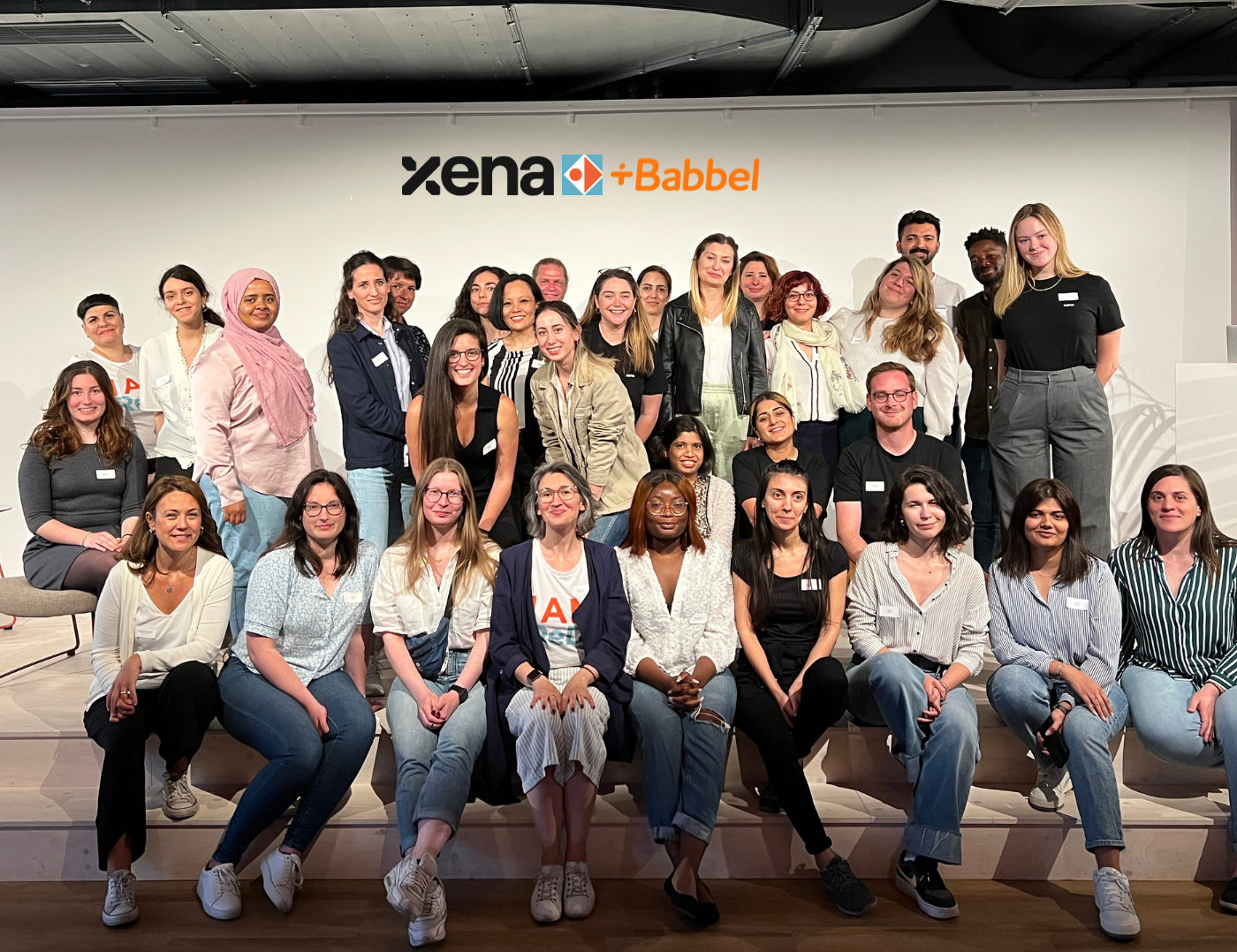4 min. read
How Blind Recruitment Works
Reducing Bias in the Hiring Process
What is Blind Recruitment?
Inspired by the results of the renowned orchestra study — where symphony orchestras began hiring more women by conducting auditions behind a screen that concealed the candidates’ gender — some major organisations are now adopting a blind recruitment strategy to help achieve diversity goals.
Blind recruitment is a method where identifying information is removed from job applications during the hiring process.
This typically includes the candidate’s name, age, gender, educational background, and other personal details that could lead to conscious or unconscious biases. The goal is to focus solely on the candidate’s skills, experience, and suitability for the role, fostering a more equitable hiring process. Although not yet widespread, this de-biasing strategy is gaining momentum as an effective way to ensure hiring decisions are based on merit rather than unconscious biases.
However, it’s important to note that blind hiring is not a one-size-fits-all solution. In some instances, it may even hinder efforts to recruit more candidates from disadvantaged groups. Nevertheless, the current research suggests that for the right roles in the right organisations, blind recruitment can be a valuable tool in achieving diversity-related hiring objectives.
Limiting Hiring Biases
Biases, whether conscious or unconscious, can significantly influence hiring decisions. These biases can be based on factors such as ethnicity, gender, educational background, or even the name of a candidate.
Blind recruitment helps mitigate these biases by creating a level playing field, allowing employers to assess candidates based on relevant qualifications alone.
By reducing the influence of stereotypes, blind recruitment encourages diversity within the workplace. When employees perceive the hiring process as fair, it can enhance the company’s reputation, making it more attractive to top talent.
How to Implement Blind Recruitment as an Employer
Implementing blind recruitment requires thoughtful planning and the right tools. Here’s a step-by-step guide to help employers incorporate this approach into their hiring process:
1. Identify the Information to Be Redacted: Decide which details will be removed from the application materials. Typically, this includes names, gender, ethnicity, dates of birth, and sometimes even educational institutions to avoid any bias related to school prestige.
2. Tools Design For Blind Recruitment: Consider using software that automatically redact personal information from CVs and cover letters, ensuring that hiring managers only see the information relevant to the job. Here’s a list:
3. Revise Your Job Descriptions: Ensure your job descriptions are clear, focused on skills and competencies, and free from gender-coded language or other biased terminology. This sets the tone for an unbiased recruitment process from the very beginning. Check out Xena’s guide.
4. Train Your Hiring Team: Educate your hiring team on the importance of blind recruitment and how to evaluate candidates based on the anonymised information provided. This will help them focus on the qualifications that truly matter. Discover DEI trainings available in the EU.
5. Conduct Structured Interviews: Implement structured interviews where all candidates are asked the same set of questions. This consistency helps further reduce bias and ensures that all applicants are evaluated fairly.

Preparing for Blind Recruitment as a Candidate
If you’re a candidate preparing for a blind recruitment process, there are several steps you can take to ensure your application stands out:
– Focus on Skills and Achievements: As your identity and personal background will be concealed, it’s crucial to highlight your skills, experiences, and achievements in your CV and cover letter. Quantify your accomplishments wherever possible to demonstrate your impact.
– Tailor Your Application: Customise your application to align with the specific requirements of the job. Focus on the competencies and experiences that are most relevant to the role.
– Prepare for Skills Assessments: Many blind recruitment processes include skills assessments as part of the evaluation. Be ready to demonstrate your abilities through these tests, which may range from technical tasks to problem-solving exercises.
Best Practices for Employers: Challenges & Pro Tips
While blind recruitment can significantly reduce bias, it is not without challenges. Here are some best practices and tips to help you navigate potential obstacles:
– Balancing Anonymity and the Need for Cultural Add: While it’s important to remove identifying information, cultural add is a crucial factor in hiring. Consider incorporating values-based assessments or personality tests later in the process to ensure a good match.
– Ensuring a Smooth Process: Implementing blind recruitment may require changes to your existing systems, it is important to install an effective interview process. Plan for potential disruptions and ensure that your team is fully on board with the new approach.
– Overcoming Resistance: Some hiring managers might resist blind recruitment, particularly if they are used to traditional methods. Address these concerns through education and by demonstrating the long-term benefits of a diverse workforce.
– Monitoring and Iterating: Regularly review the effectiveness of your blind recruitment process. Gather feedback from your hiring team and candidates, and be prepared to make adjustments as needed to optimise outcomes.





